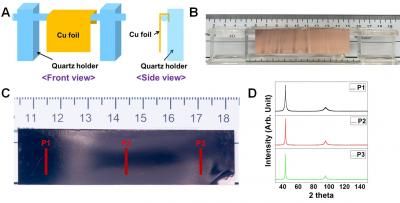A jelly-based fuel cell
Advertisement
An international team of researchers has used gelatin as their starting material to make a fuel cell catalyst.
The team used gelatin to make doped-carbon electrocatalysts that could be a potential replacement for platinum in fuel cells. To make the catalyst, they mixed iron and magnesium into gelatin, causing the gelatin to foam. They finely tuned the combination and ratio of metals to form very small bubbles, increasing the surface area of the catalyst. After heating the jelly foam at 800°C, the bubble structure remains but is now covered in iron carbide nanoparticles. The scientists then used hydrochloric acid to remove the iron carbide particles and increase the surface area further, by adding an extra dimension of nanopores.
Zoe Schnepp from the University of Birmingham, who worked on the research explained: “You have the big pores from the initial foam of the jelly and you have the nanopores from dissolving out the iron. Together they make a very large surface area that is a very active catalyst.”
Most read news
Other news from the department science

Get the chemical industry in your inbox
By submitting this form you agree that LUMITOS AG will send you the newsletter(s) selected above by email. Your data will not be passed on to third parties. Your data will be stored and processed in accordance with our data protection regulations. LUMITOS may contact you by email for the purpose of advertising or market and opinion surveys. You can revoke your consent at any time without giving reasons to LUMITOS AG, Ernst-Augustin-Str. 2, 12489 Berlin, Germany or by e-mail at revoke@lumitos.com with effect for the future. In addition, each email contains a link to unsubscribe from the corresponding newsletter.




























































